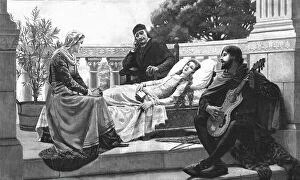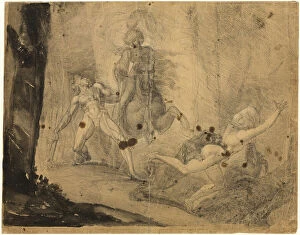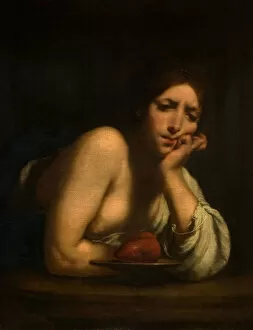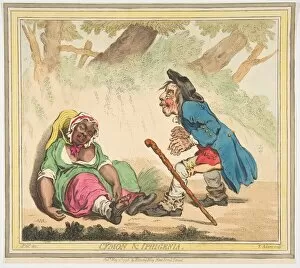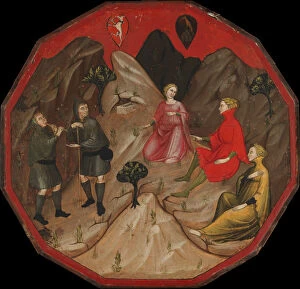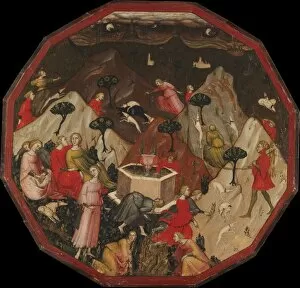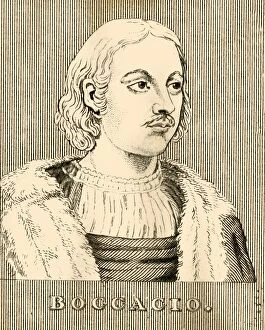Boccaccio Giovanni Collection
Giovanni Boccaccio, the renowned Italian writer and poet of the 14th century, is best known for his masterpiece "The Decameron"
For sale as Licensed Images
Choose your image, Select your licence and Download the media
Giovanni Boccaccio, the renowned Italian writer and poet of the 14th century, is best known for his masterpiece "The Decameron". This collection of one hundred novellas showcases Boccaccio's wit, humor, and keen observations of human nature. Born in Florence in 1313, he was a contemporary of Dante Alighieri and Petrarch. Boccaccio's work played a significant role in shaping Italian literature and paving the way for the Renaissance. His storytelling skills have captivated readers for centuries, as his tales explore themes such as love, betrayal, morality, and social hierarchy. Beyond his literary achievements, Boccaccio was also a scholar who translated classical works into vernacular Italian. His legacy continues to inspire writers and artists around the world today. Giovanni Boccaccio remains an enduring figure in literary history whose influence can still be felt today.

